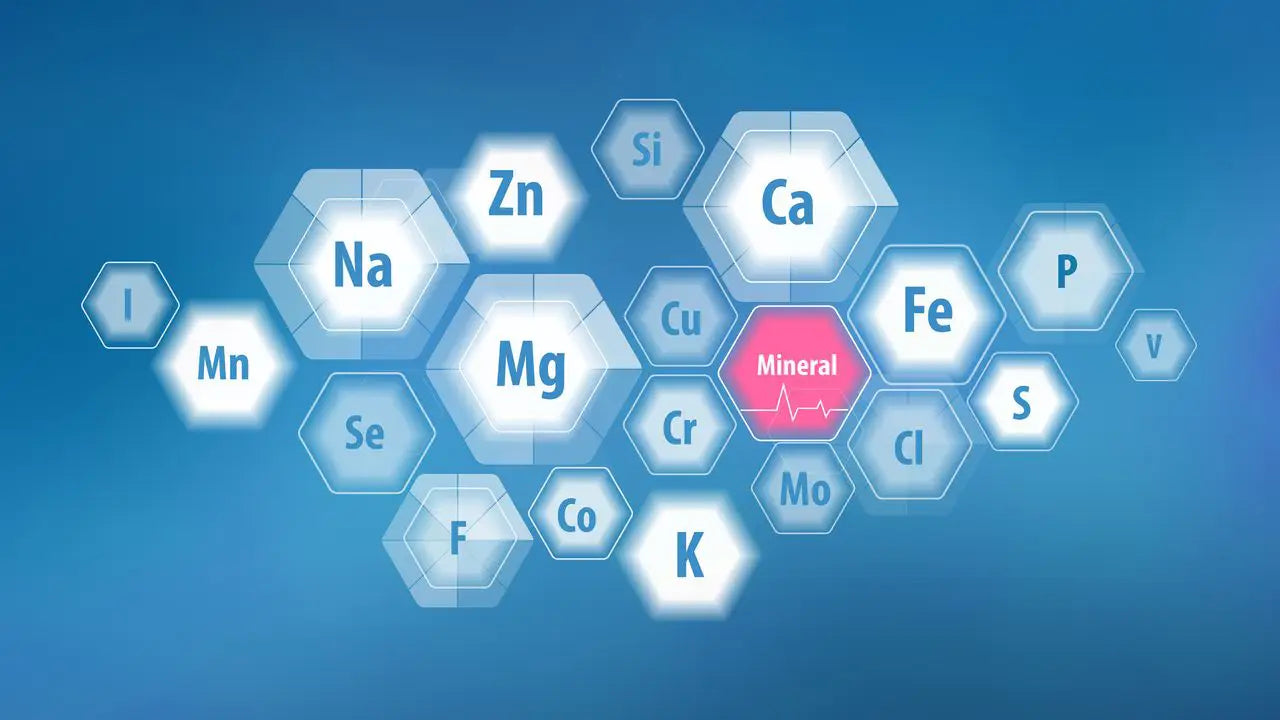Certainly carbohydrates and proteins are important, but what about good fats and especially other nutrients: vitamins, trace elements, essential for good sports practice?
In this article, we will review all the nutrients necessary for good recovery after a sports session.





















